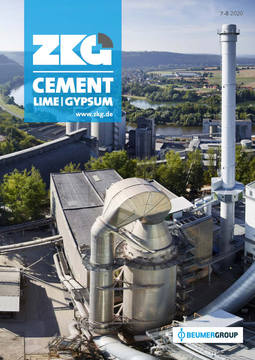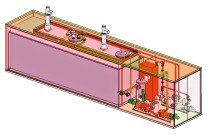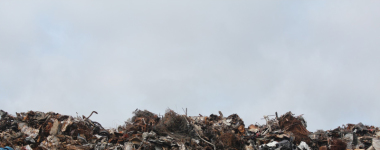Corona versus environmental protection
It isn’t quite clear yet what the economic repercussions of the Corona crisis will be, but a global recession has been forecast. Governments are planning recovery packages worth billions to prop up the economy. In this context, policymakers have to consider the question of whether they want to step up investment in environmental protection measures.
The cement industry has been committed to improving the environmentally friendliness of its processes and products for many years. As a major CO2-emitter, it is constantly working on reducing these emissions. One of the most important factors is the use of alternative fuels. Here, in the past, great steps have been made worldwide to lower the consumption of fossil fuels.
In this focus issue, we are addressing the topic of alternative raw materials and fuels in detail and presenting the latest findings.
What impact Covid-19 is having on the cement industry and the use of alternative fuels is the question discussed in two reports. In an article starting on page 24, Dirk Lechtenberg explains how problems in the supply chain, sinking prices for fossil fuels and declining cement sales are currently making the use of alternative fuels more difficult. His clear conclusion reads: “From a climatic perspective, the trend towards higher substitution rates has to continue.” Taís Mazza Joudeh appeals from the point of view of a plant engineer for a paradigm shift in respect of alternative fuel projects to a more holistic approach in order to guarantee the efficiency of investments (from page 44).
Another reason for the co-use of waste in cement kilns is the disposal of municipal and industrial waste, the treatment of which would otherwise be difficult, more expensive or more dangerous. The disposal of municipal solid waste and sewage sludge in China is described with reference to three case studies starting on page 30. These projects for the disposal of municipal solid waste in cement kilns come from some of the leading companies in this field, Huaxin Cement, Sinoma International and Sinoma Cement.
Which systems are available for mixing substitute fuels are shown in the article from page 50. The systems are described and, with reference to typical applications, it is shown when which system is useful for the specific application.
Processing equipment for substitute fuels, which is often installed in the immediate vicinity of a cement plant, poses a particular challenge in respect of fire protection. The report from page 56 informs us about the advantages of fire protection systems based on infrared thermography.
Besides the use of alternative fuels, the addition of alternative clinker substitute materials provides further leverage in the reduction of CO2 emissions. From page 36 there is a report on a research project in which 26 brick flours of different ages and from various assortments were investigated with regard to their suitability as pozzolanic constituents in cement or as additives for concrete. Here, it is shown that the use of brick flours as supplementary cementitious material is not only possible, but also worth it.
Wishing you interesting reading!
Yours
Anett Hümmer
Editor-in-Chief






